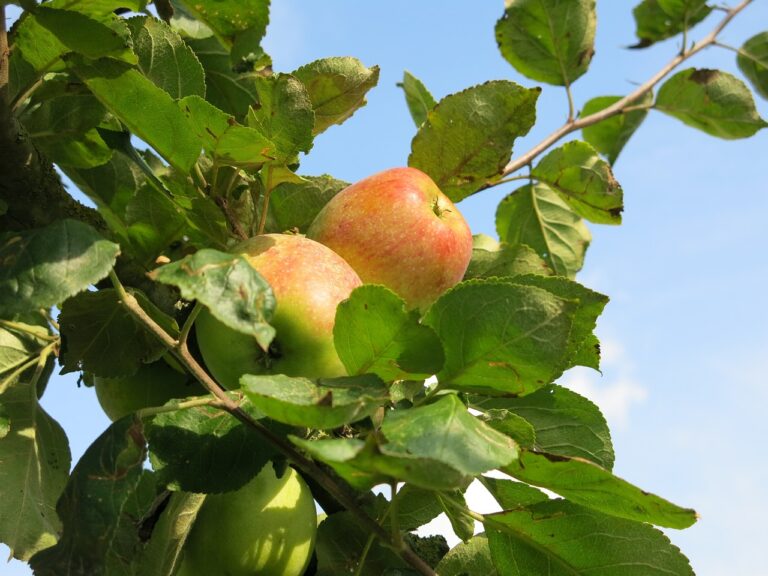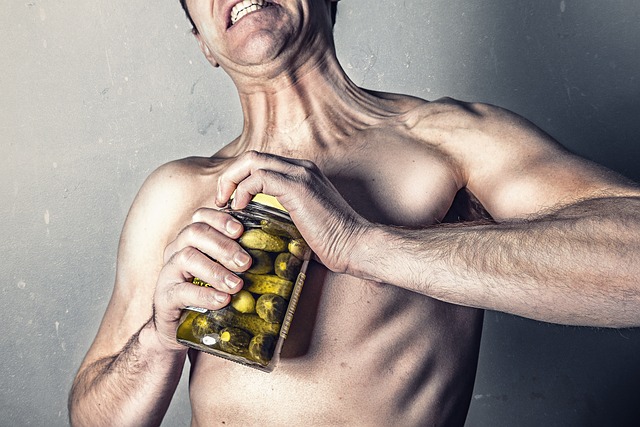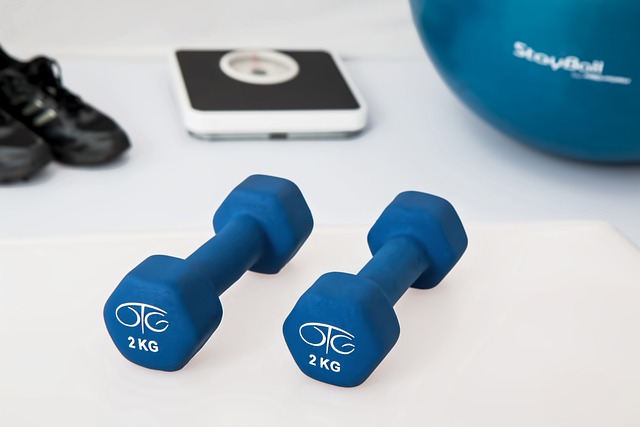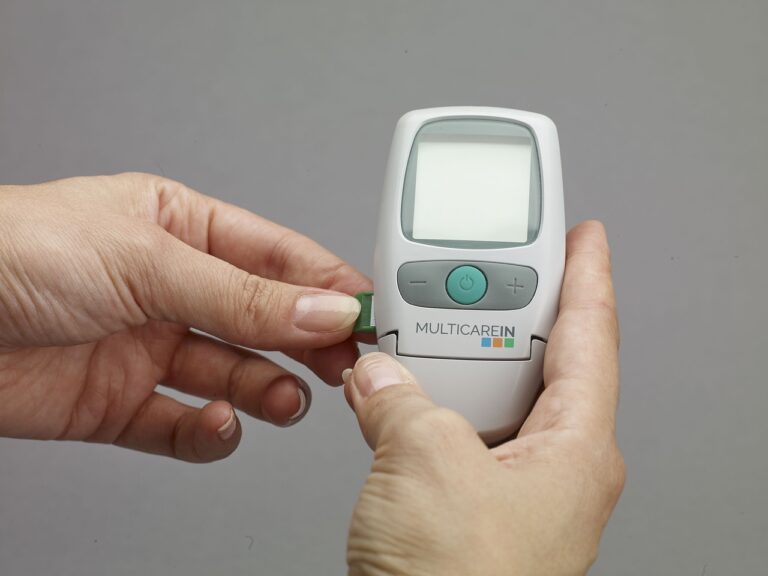The Potential of 3D Bioprinting in Lung Tissue Engineering
3D bioprinting has revolutionized lung tissue engineering by offering numerous benefits. One of the key advantages is the precise customization capability that this technology provides. Researchers can tailor the structure of the printed lung tissue to match the specific needs of individual patients, enhancing the success of transplants and regenerative medicine approaches. This level of customization ensures a higher chance of compatibility and reduces the risk of rejection, ultimately improving patient outcomes.
Furthermore, 3D bioprinting enables the creation of complex vascular networks within the engineered lung tissue. These intricate networks mirror the natural blood vessel architecture of the lungs, promoting better oxygen exchange and nutrient delivery. The ability to replicate such detailed vascular structures plays a crucial role in enhancing the functionality and viability of the printed lung tissue, making it a promising tool for advancing respiratory medicine and potentially addressing critical lung-related disorders.
The Process of 3D Bioprinting in Lung Tissue Engineering
One crucial step in the process of 3D bioprinting lung tissue is the selection of bioinks. These bioinks, which are a combination of cells and biomaterials, play a pivotal role in determining the functionality and structure of the printed tissue. Researchers meticulously choose bioinks that can provide the required mechanical support, cell adhesion, and growth factors necessary for the desired lung tissue engineering outcomes.
Once the bioinks are selected, the actual bioprinting process begins. This involves precisely depositing layers of bioinks in a predefined pattern to create the complex three-dimensional structure of the lung tissue. Bioprinters equipped with multiple printheads assist in depositing different types of bioinks simultaneously, allowing for the creation of heterogeneous tissue constructs that closely mimic the complexity of native lung tissue. Careful control of factors such as cell density, layer thickness, and printing speed is essential to ensure the successful fabrication of functional lung tissue through 3D bioprinting.
Challenges in 3D Bioprinting Lung Tissue
One of the key challenges in 3D bioprinting lung tissue is the complexity of reproducing the intricate structures and cell types found in the human lung. Achieving the precise organization of multiple cell types, such as alveolar epithelial cells and vascular endothelial cells, in a functional lung tissue construct remains a significant hurdle. Ensuring the proper functioning and interaction of these different cell types within the bioprinted structure is crucial for the overall success of the tissue engineering process.
Another major challenge in 3D bioprinting lung tissue is the need for suitable biomaterials that can accurately mimic the native lung microenvironment. The biomaterial used for bioprinting must possess the necessary mechanical properties, biocompatibility, and bioactivity to support cell growth, differentiation, and tissue maturation. Finding the ideal combination of biomaterials that can replicate the complex architecture and functions of the lung while providing a conducive environment for cell development presents a significant obstacle in advancing the field of 3D bioprinting for lung tissue engineering.
What are the benefits of using 3D bioprinting in lung tissue engineering?
3D bioprinting allows for precise control over the structure and composition of the tissue, making it possible to create complex lung structures that closely mimic natural tissue.
What is the process of 3D bioprinting in lung tissue engineering?
The process involves creating a digital model of the lung tissue, selecting the appropriate bioinks, and using a bioprinter to layer the bioinks to create the tissue structure.
What are some of the challenges in 3D bioprinting lung tissue?
Some of the challenges include ensuring proper vascularization of the tissue, finding suitable bioinks that mimic the properties of lung tissue, and maintaining the viability and functionality of the printed tissue.







